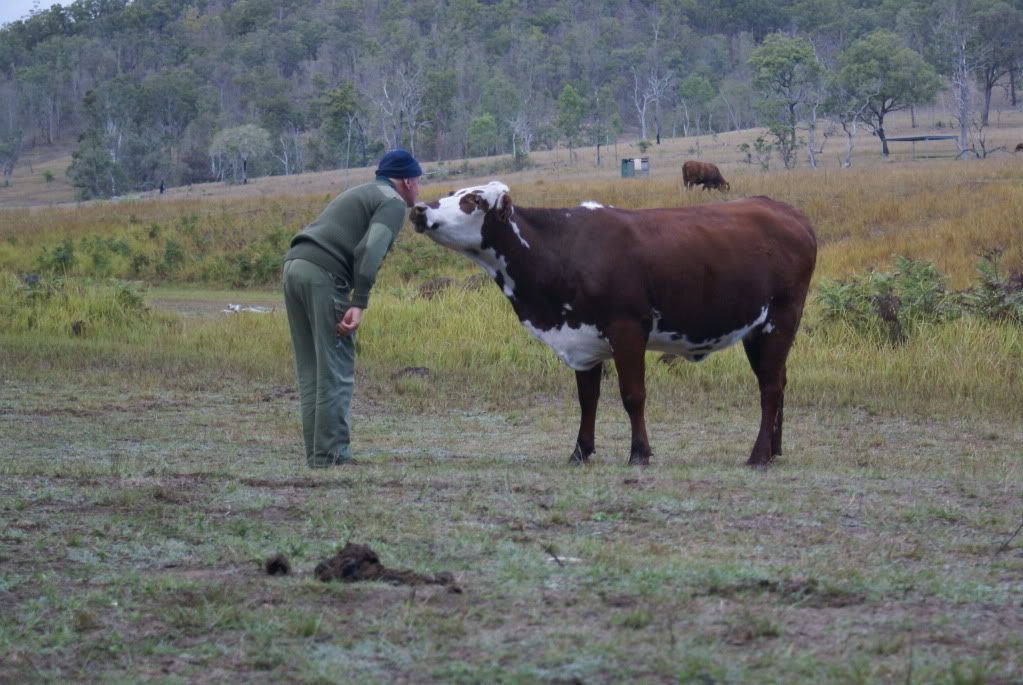
They had the narrow view that "beasts existed only to serve [human] needs." (339) However, later on people began to realize and some accepted the idea that humans and animals were somehow alike. Science was an increasing field that had proved animals and humans are much alike. Primatt stressed "rationality as the dividing line between [humans] and [animals]." (344) I agree with Primatt. Animals and humans are very much alike. Simply take away order and morals from a human and you have a wild animal. The difference that separates humans and animals is the ability to reason. More interest in the relationship with animals and humans sparked awareness.
The awareness of animal cruelty began to increase and groups like SPCA were established. At first not too many people were interested for animal's rights. In fact "every attempt to extend humane legislation encountered resistance and even ridicule, despite abundant evidence of...cruelty." (348) Slowly sympathy for animals was increasing. Better treatment for animals was being encouraged. Religion is also an influence on how we see animals.
In Christianity, one is asked "if you love only those who love you, what reward can you expect?" (371) Now it isn't clear in Christianity how animals should be treated but its ideas can be expanded to include animals. To love others, one will be rewarded or live a better life. To love other beings, such as animals, wouldn't life be more fulfilling? Compassion for other people is what Christianity professes, but compassion for other species can be included. Love for animals is evident in Hinduism. The love they have for the cow should be the love humans have for all animals. They see the cow as "a gift of the gods to the human race." (375)
 They honor, respect, and demonstrate intense compassion for this animal. Compassion for animals should be embraced by all beings. For people to start doing so, speciesism needs to end.
They honor, respect, and demonstrate intense compassion for this animal. Compassion for animals should be embraced by all beings. For people to start doing so, speciesism needs to end.
No comments:
Post a Comment